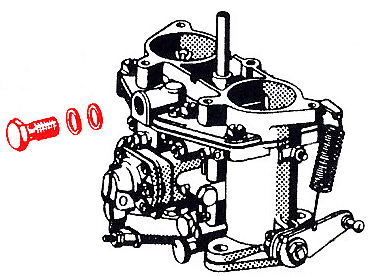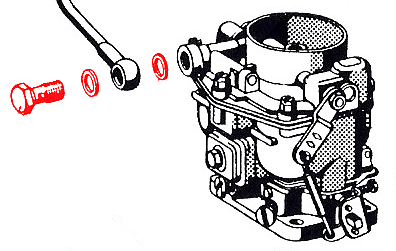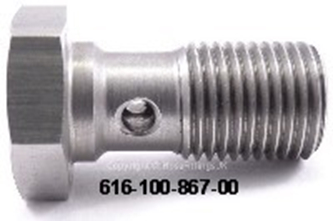Question:
I have a 356B, 1962; it's a T-6 body. It had a gas tank with the bottom-mount sender. I bought a new tank which has the sender on the top. Along with the tank I had to purchase a new sender. I fit the sender in the tank but now the fuel level in the dash instrument goes to the end - it doesn't work. What do I do now? - S. Turner, Cypress Beach, CA.
Answer:
It sounds like there is a ground problem. Take a look at the wiring diagram below. You’ll see the sender is grounded on one side; the ground is actually made through the sender screws. You may have had your tank powder coated and the screws may not be making a good ground.


The new top mount sender is an entirely different design than the old bottom mount sender. As you see above, the new sender is the float-arm type. If you were to measure the new sender, the resistance reading is 200 ohms in full position and 6 ohms in the empty position. The older bottom mount sender was 107 to 2 ohms and the dash instrument had a red “R” hash mark for tank reserve indication. Ideally, you will want to have your instrument recalibrated, however your present instrument will still give reasonable fuel level readings.
As for wire connections, you can connect the same wires as were used on the old bottom mount tank. Remember, the brown wire is always “ground."
General notes: In the wiring diagram for your car, you can count thirty-five places where components are grounded. Some components need to touch a good clean mounting surface. In the front trunk, on each side, only a sheet metal screw is supposed to make contact for blinker lights and horns; be sure there is good contact there.
Specific note: 356B T-6 vehicles using the bottom mount sender also have unique markings on the fuel level gauge.
Regards,
Brad Ripley






